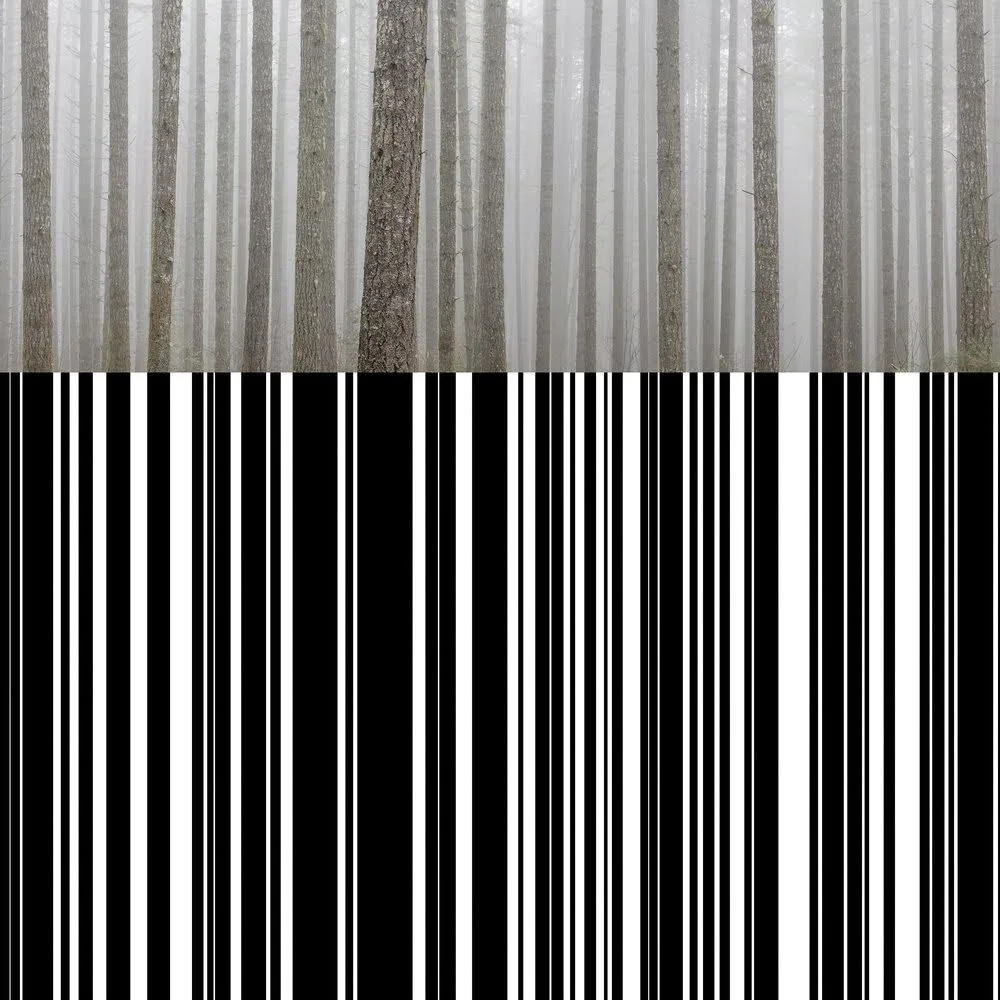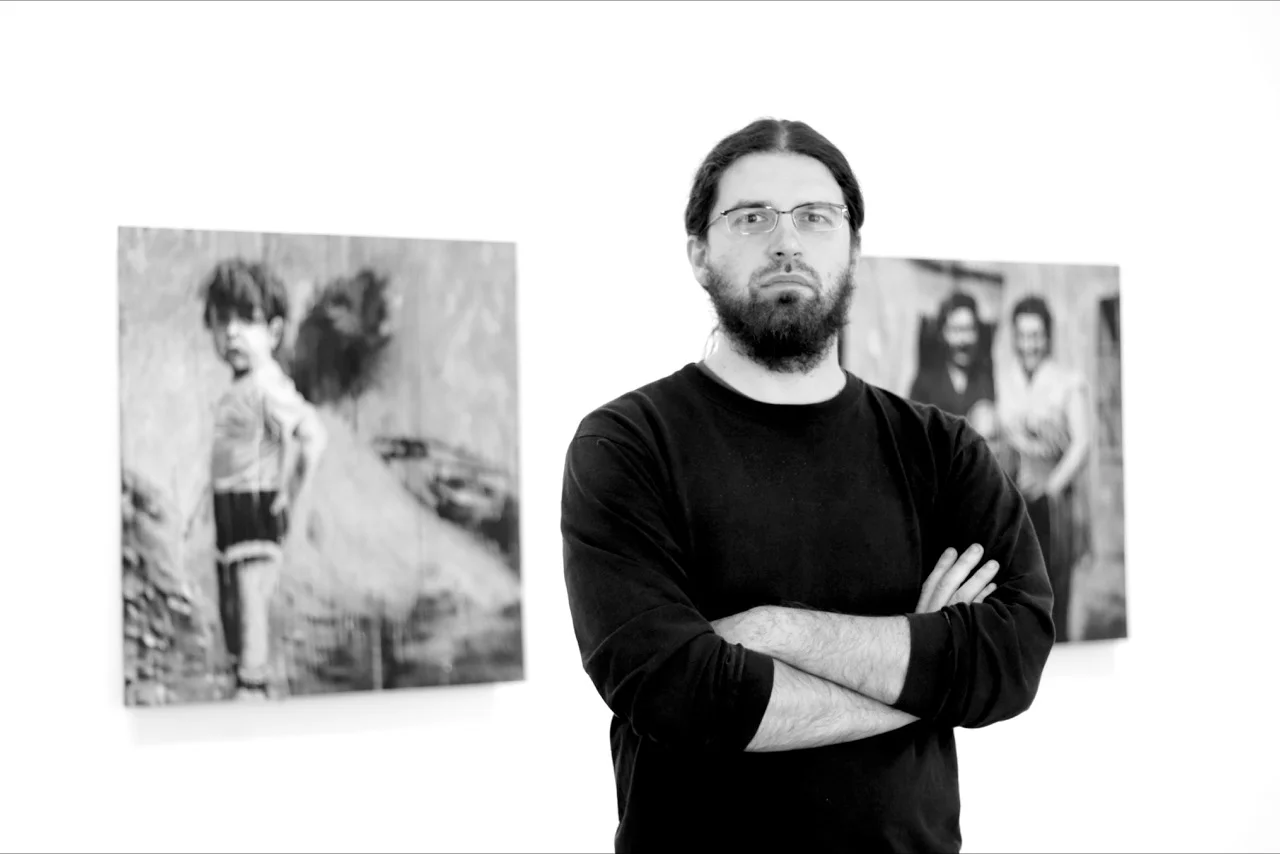March 8 by 8 Women, UCSB Glassbox Gallery
On the occasion of the exhibition, "March 8 by 8 Women," at UCSB’s Glass Box Gallery, Lum Art Zine interviewed the show’s curator, Elisa Ortega Montilla, for her take on art, feminism and sororidad.
Tell me about the curatorial vision for "March 8 by 8 Women."
I wanted to put together a show that reflected on what it means to be not only a woman but to be an international woman who lives between two cultures in this specific moment in the US. I also wanted to create the kind of event that I would enjoy and appreciate as an artist, as a woman, and as a bicultural person. I envisioned a show where I could feel reflected in other artists’ works and visions and that would also make non-artists more aware and understanding of other points of view and personal experiences.
Francesca Lananne
The timing of the exhibition acknowledges International Women's Day. Why was that important?
March 8 has always been an important day for me to celebrate, reflect, fight, and feel close to other women. In Spain, where I’m from, this day is a very special day for women. There are marches crossing the cities, women wearing purple clothes, purple rainbows, and we all say to each other, “Happy Women’s Day.” There are women’s strikes, articles, lectures, it’s covered on the news, the radio, and appears all over social media. You feel that it’s a day where you have a voice, where you are not fighting the daily sexism alone.
Since moving to the US more than seven years ago, I was surprised that this day is not that well known and celebrated or connected to contemporary issues. That’s why I decided that it was my responsibility to bring my memories from home in Spain to create a space to fully celebrate International Women's Day—by gathering women artists who live in California with international backgrounds whose work speaks to those experiences. Especially in this political moment, when there are constant threats to multicultural values and women’s rights, I think that it's our obligation as artists to engage the community in critical thinking and alternative values. Being an artist gives you the excuse to do this through art, which for me is one more tool in my ethos and activism.
Yumiko Glover
What drew you to these specific artists?
I knew most of the artists chosen for the exhibition. I have met them at other art-related events, or in academic settings. Some are friends of friends that have become friends or artists who I admire. I'm very happy with the lineup since all the artists featured are working and exhibiting artists in California and internationally. Through art, these eights women respond to personal experiences and those of their communities in an intersectional approach to feminism that challenges viewers both critically and creatively. With works that range from overtly political to subtly poetic, they address issues of identity as well as larger global and social issues like exile, sexism and women’s rights.
ABOVE: Daniela Campins
Daniela Campins • Daniela’s work is extremely poetic and delicate, it adds to the show the sweet whisper of a close female friend.
Yumiko Glover • Yumiko’s work is bold and political while also very subtle and beautiful. She can talk about atomic bombs or sexism while making the viewer feel harmony.
Francesca Lalanne • I love the elegance and dream-like feelings of Francesca’s work, especially her female figures. Her work is weird and grandiose while also tender and sophisticated.
Labkhand Olfatmanesh • I admire the political directness of Labkhand’s work. She shocks the viewer on multiple levels through an installation that involves a video projection, sound, a poem and transparent plastic bags hung with rubber and water. She immerses the viewer in a multisensorial experience of political questioning and visual intrigue.
ABOVE: Labkhand Olfatmanesh, Film stills
Shirin Rastin • Shirin’s work fuses a wonderful balance of very extreme political and horrific experiences with the sweetness of someone who still has hope. Her work is dark in content—examining memories of her past in Iran with feminist and critical eyes—while colorful and playful.
Maria Rendón • Maria’s installation activates the exhibition, making the viewer interact with the space in a different way, inviting the viewer to bend under the circle she has created and position themselves inside of the circle. Her interconnected and endless painting reminds you of a horizon that transports you to the idea of living between two poles.
Celia Herrera Rodriguez • I appreciate how Celia’s paintings reflect and embody beautifully a dialogue of Chicano, Native American, Pre-Colombian and Mexican thoughts and symbols.
Cintia Alejandra Segovia • Cintia’s tryptic piece reflects on the effects of mass media in the construction of female identity in Mexico in a fun and joyful way.
Cintia Alejandra Segovia
Shiri Rastin
What are you hoping that viewers will take away from the exhibition?
I aim to create a space for sororidad, sisterhood and mutual support for creative practices and values, which can be inspiring to the viewers. I would love for people to appreciate the diversity in their approaches and mediums as well as the ways they communicate their values and experiences. This exhibition brings together women who come from Iran, Mexico, Venezuela, Haiti and Japan, as well as one Chicana artist. I hope people appreciate the diversity in their approaches.
For me, it's important to create events that I'd like to see in my community. If I don't find them, I think that it's my responsibility to create them. I believe in women's mutual support and connection. I don't buy the idea of women who are jealous of each other and competitive; most of my female friends and the female artists I know support each other and help each other constantly. My goal was to put together a show drawing on that reality. It's exciting to be involved in an exhibition that brings together art, talent, passion, feminism and an international mindset. I hope the public feels inspired and touched and motivated to create their own actions.
Maria Rendon
Your own artistic practice also engages with issues of sex and gender, no?
My art practice is very related to women’s issues and my feminist values, as well as my bicultural experience of being a Spanish person living in the US (and who recently became an American citizen). I wanted to liberate my art practice from an overly feminist intention by expanding my art practice to support other female artists. By creating a feminist show and working with and for other women, I embody my intersectional feminism better that any piece of art I can make. I have learned that this new approach liberates my practice in some ways, allowing me to be more playful in my studio and makes me more committed to creating and being part of a thoughtful and engaging art community. That said, my work does directly enter into dialogue in the craft tradition of female artists who elevated the supposedly “domestic” into the realm of fine art.
Elisa Ortega Montilla
What has been your experience as a female curator and artist breaking into the art world? Any advice to other women?
My experience as a woman artist has been very gratifying on a personal level and very discouraging on a larger level. As a woman, I have noticed that we must work harder for less, less exposure, less recognition, less respect, less representation.
We work so hard not only for ourselves but for our communities. This is my first time curating a whole show by myself. It has been a wonderful experience but also very hard to navigate with a fulltime job, my own art practice and my family. I have received economic and logistical support from UCSB’s Art Department, the Multicultural Center, and the Professional Women’s Association.
My advice is to work harder than you think you can, support other female artists as much as possible and in different ways, be patient, and have faith that your work will find people who will be passionate about it. Ignore the people who don’t get what you’re doing.
And fight back, don’t let anyone step on you or belittle you. Don’t take things personally but confront anyone who treats you or other women unfairly.
COVER PHOTO: ABOVE: Labkhand Olfatmanesh, Film stills















